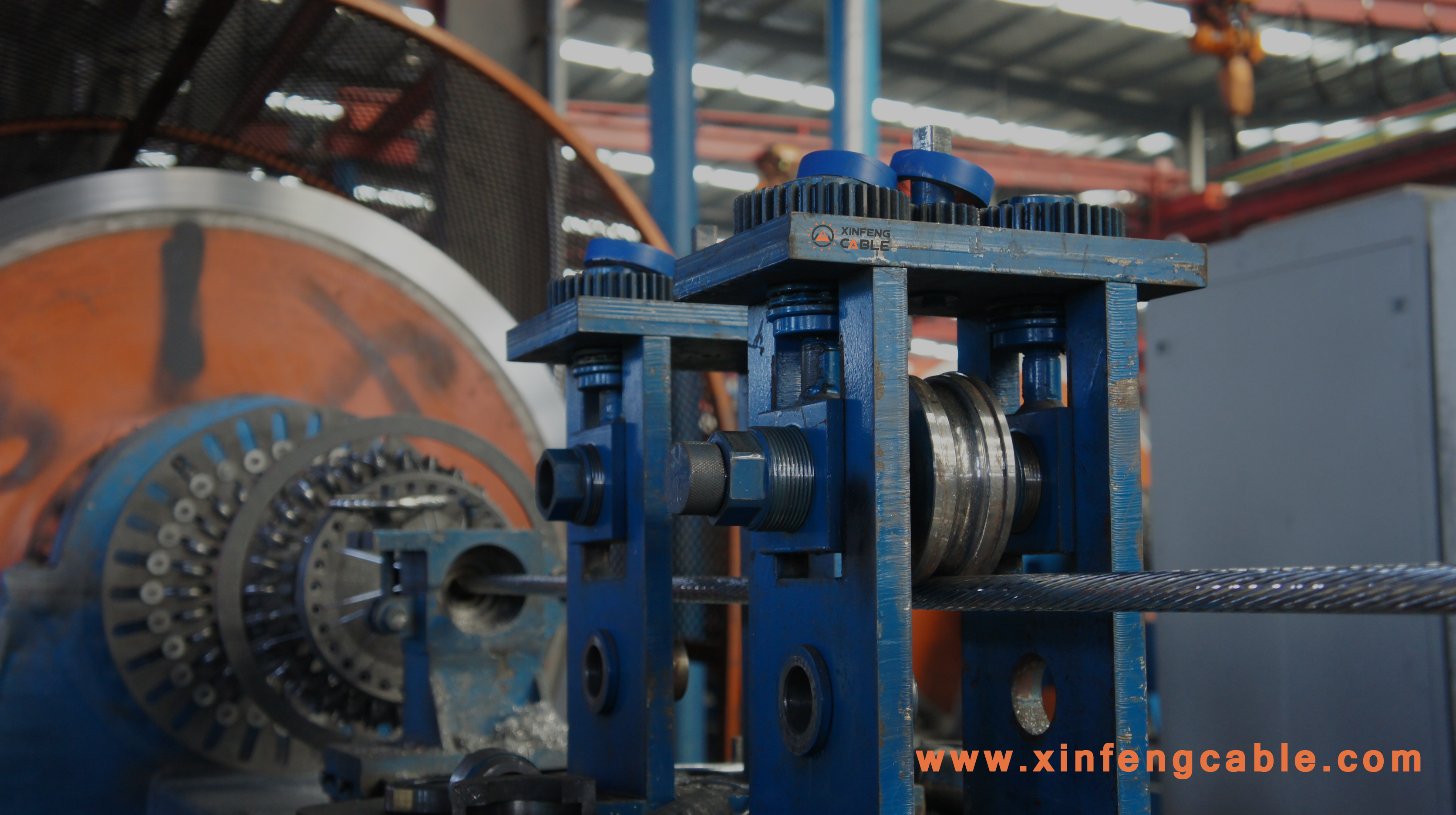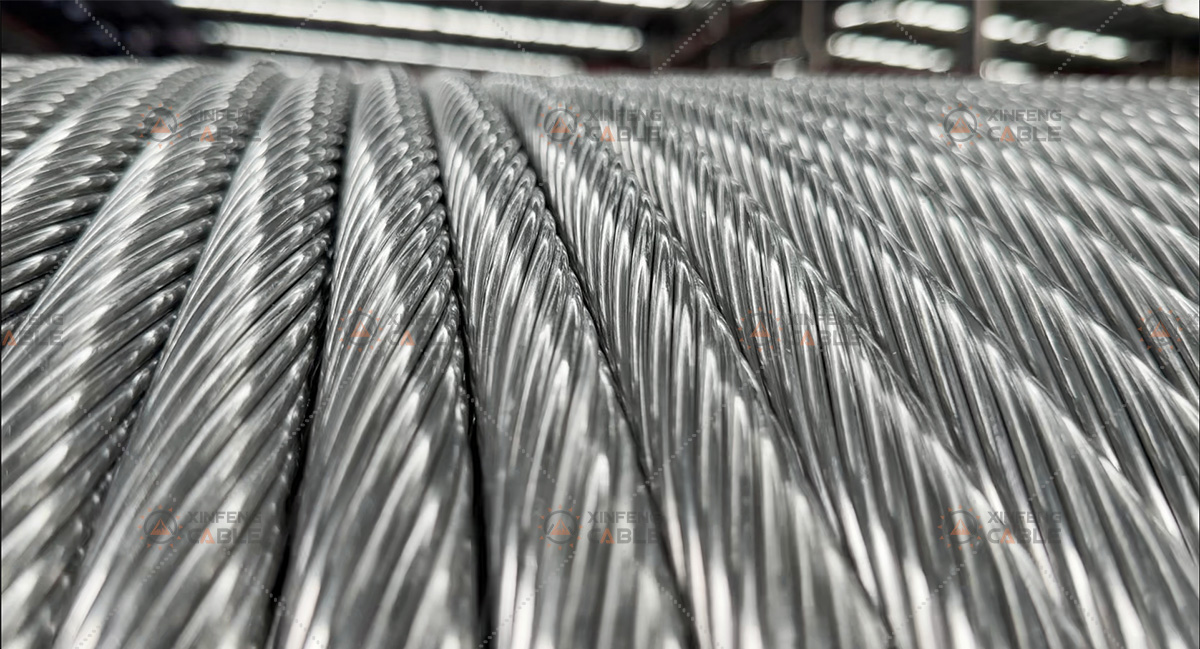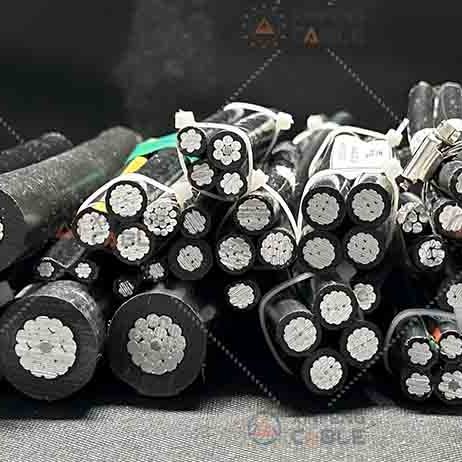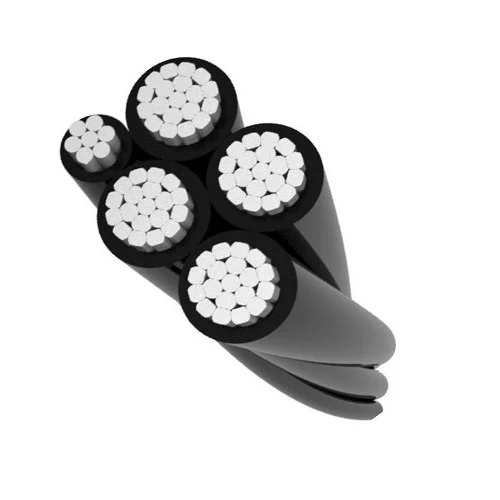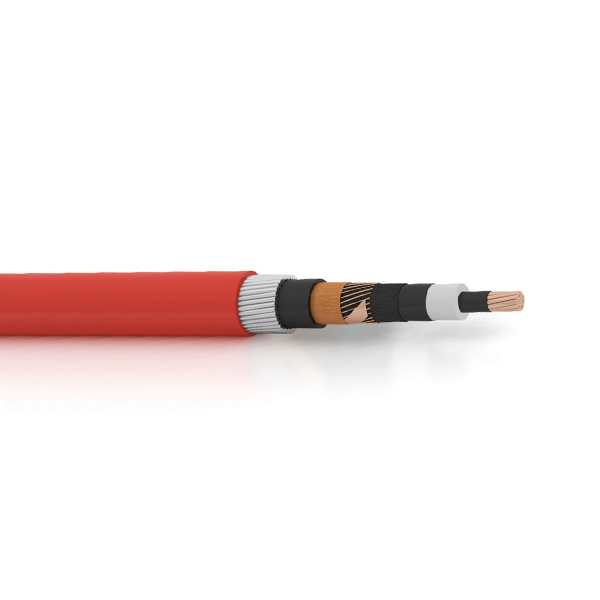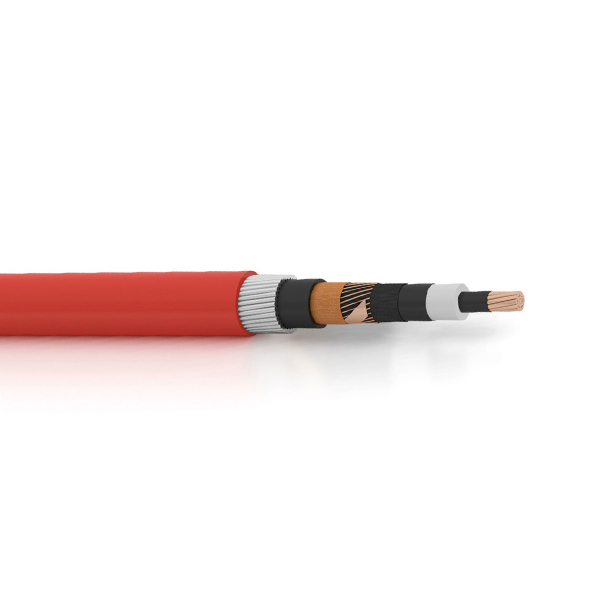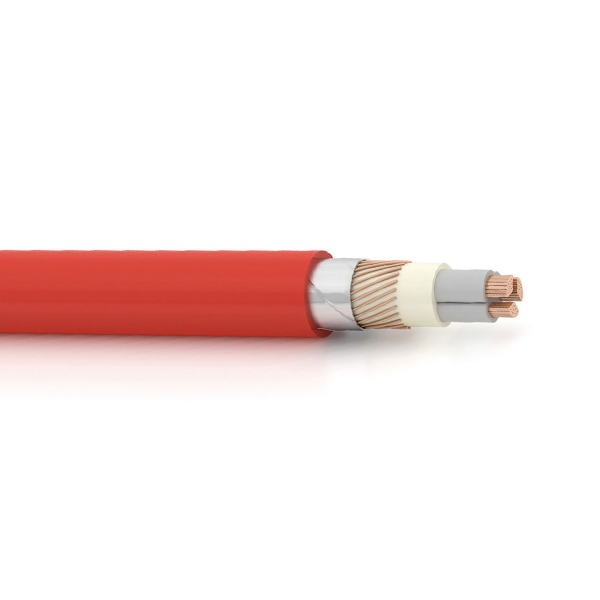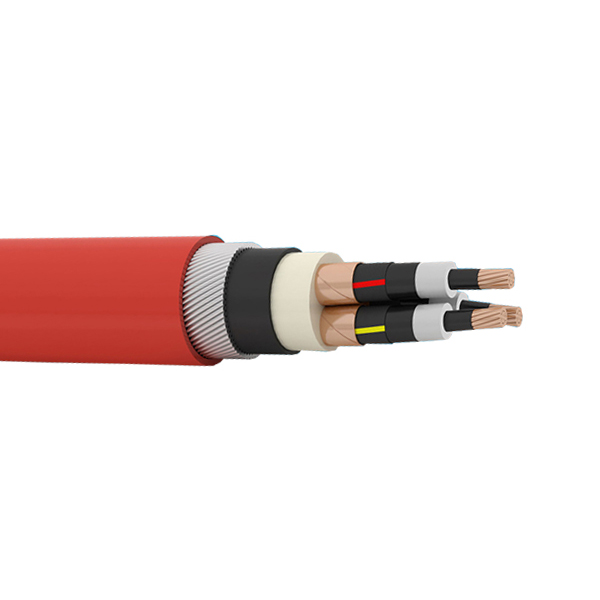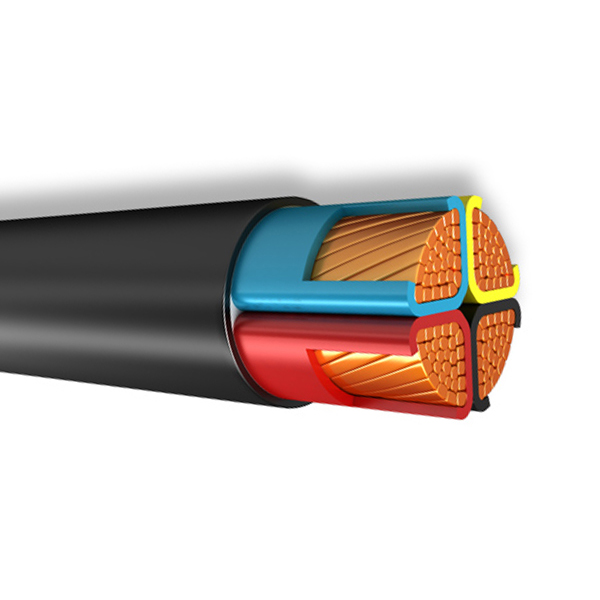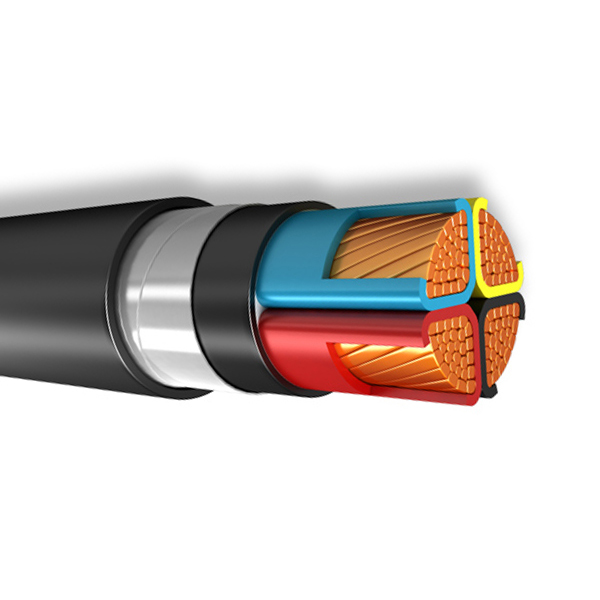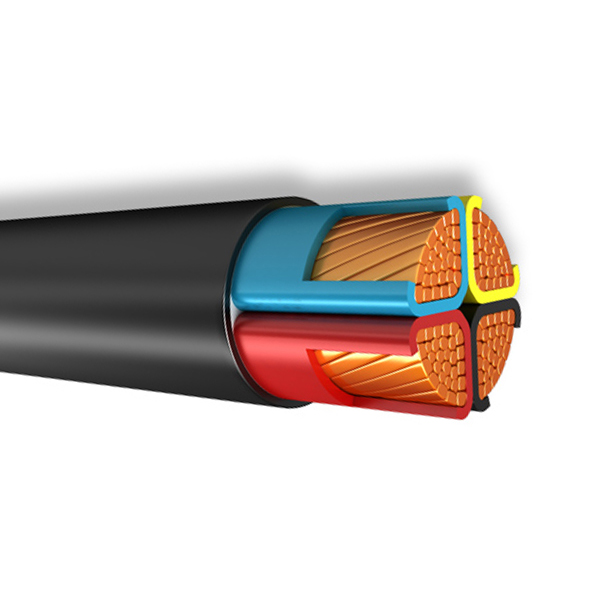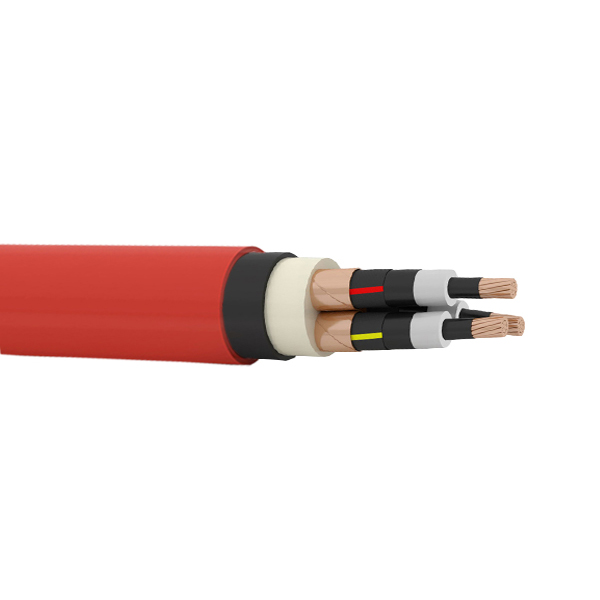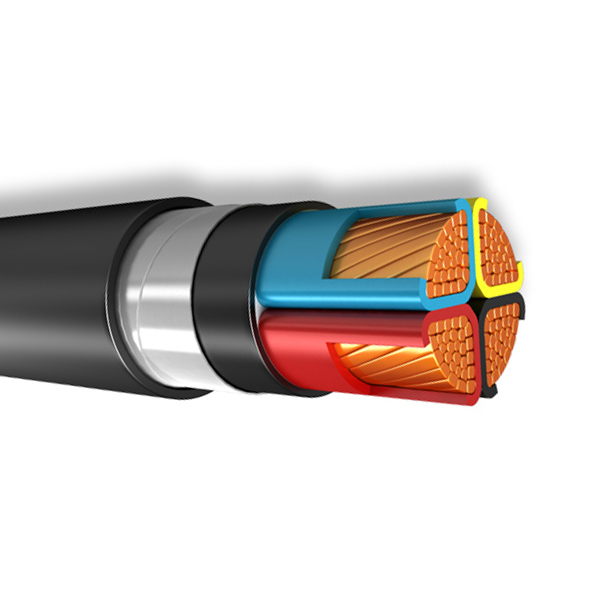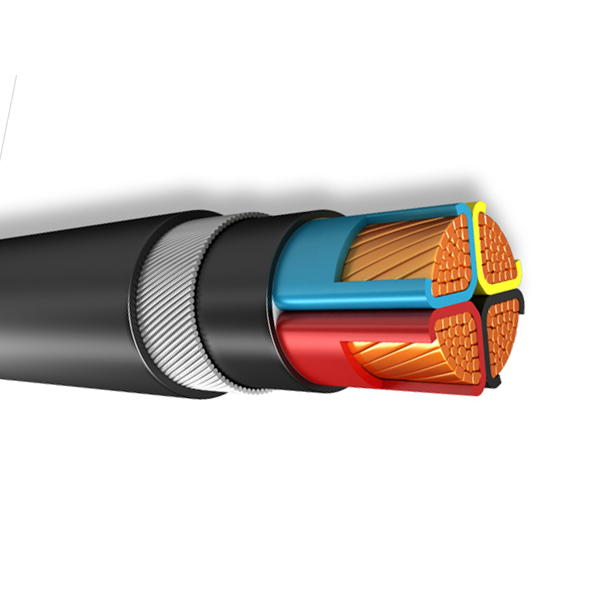A Deep Dive into “What Are Electrical Cables”
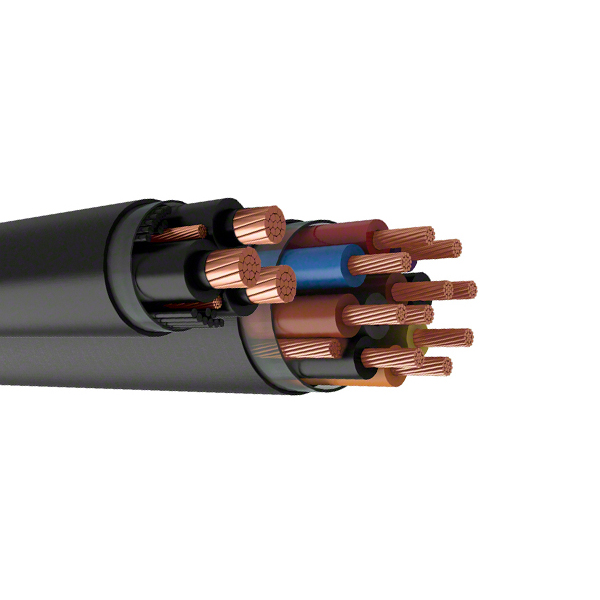
In the vast realm of electrical engineering, the backbone of power transmission lies in the unassuming yet critical components known as electrical cables. If you’ve ever found yourself pondering the question, “What are electrical cables?” you’re in for an enlightening journey. Join us as we unravel the mysteries, explore the historical evolution, and delve into the diverse applications of electrical cables.
Understanding the Basics: What Are Electrical Cables?
Electrical cables are intricate conduits designed to transmit electrical power from one point to another. They consist of conductive materials, typically copper or aluminum, surrounded by insulating materials to ensure safe and efficient power transmission. These cables come in various types, each tailored for specific applications and environments.
Historical Evolution: Tracing the Roots of Electrical Cables
1. Early Beginnings:
The story of electrical cables traces back to the 19th century, a time when the spark of electricity was harnessed for communication and lighting. Early cables, often insulated with materials like rubber or cloth, paved the way for the electrification of cities and the birth of telecommunication networks.
2. Industrial Revolution:
The burgeoning Industrial Revolution propelled the demand for robust electrical cables. Copper, with its excellent conductivity, became the material of choice. As industries flourished, so did the need for efficient power transmission, leading to the development of intricate cable designs and insulation materials.
3. Twentieth Century Innovations:
The 20th century witnessed remarkable strides in cable technology. The introduction of synthetic materials like PVC and the development of coaxial cables revolutionized telecommunications. The submarine cable laid across the Atlantic in 1956 marked a milestone, connecting continents and ushering in a new era of global communication.
4. Modern Marvels:
Today, electrical cables are crafted with precision, employing advanced materials such as fiber optics and high-temperature superconductors. The evolution continues, with smart cables integrating sensors for real-time monitoring and self-healing capabilities.
Diverse Applications: Where Do Electrical Cables Work Their Magic?
1. Power Transmission:
High voltage cables crisscross continents, carrying electricity over vast distances.
Low voltage cables power our homes, offices, and industries, forming the backbone of daily power consumption.
2. Telecommunications:
Fiber optic cables enable high-speed data transmission, connecting the world through the internet.
Coaxial cables facilitate cable television and broadband internet services.
3. Transportation:
Electric vehicles rely on specialized cables for charging and power distribution.
High-voltage cables are integral to the electrification of modern transportation systems.
4. Industrial Applications:
Control cables regulate machinery and industrial processes.
Specialized cables withstand harsh environments, ensuring uninterrupted industrial operations.
Technological Innovations: The Next Frontier of Electrical Cables
1. Smart Cables:
Sensor-equipped cables monitor real-time performance, enabling predictive maintenance and enhancing reliability.
Intelligent cables adapt to changing conditions, optimizing power transmission efficiency.
2. Nanotechnology Integration:
Nanomaterials promise cables with enhanced conductivity and durability.
Lightweight yet robust cables, thanks to nanotechnology, redefine the possibilities in power transmission.
3. Sustainable Materials:
Eco-friendly insulating materials and recyclable sheaths pave the way for environmentally conscious cable solutions.
The industry embraces sustainability, exploring materials that align with global environmental goals.
Market Dynamics: Navigating the Landscape of Electrical Cables
1. Global Demand:
Emerging markets present opportunities for innovation and growth in the cable industry.
Increasing electrification fuels the demand for electrical cables on a global scale.
2. Renewable Energy Integration:
Specialized cables play a crucial role in transmitting power generated from renewable sources.
Interconnecting renewable energy systems demands cables capable of withstanding variable conditions.
3. Urbanization and Infrastructure:
The demand for cables in building infrastructure, smart cities, and intelligent grids intensifies with urbanization.
Cables contribute to creating interconnected urban spaces that prioritize energy efficiency and connectivity.
No matter where you are in the world, whether it’s a new project or an equipment upgrade, if you need high quality cable products at competitive prices, Xinfeng Cable is your reliable choice. Please feel free to contact us:
Email: sales@xinfengcable.com
Tel: +86 133 3386 8399
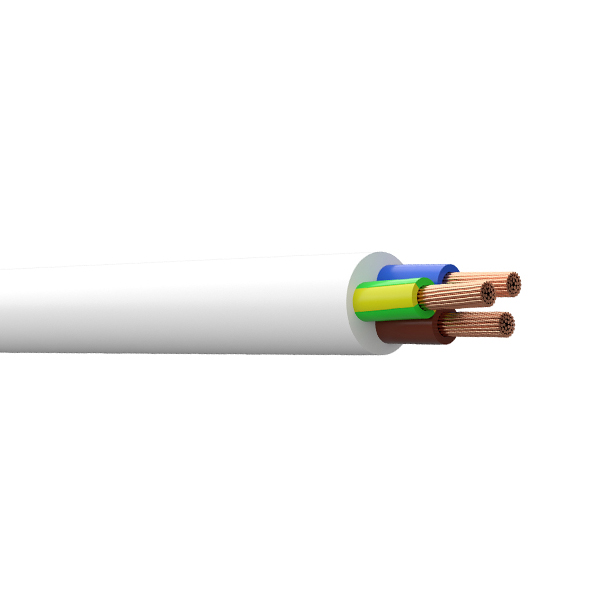
Xinfeng Cable Conducting the Energy
Our team is dedicated to providing support to ensure that power is delivered accurately and reliably to your location. Xinfeng Cable connects the world’s power and provides the perfect solution for your power needs. We look forward to delivering power to every place in the world that needs it.

